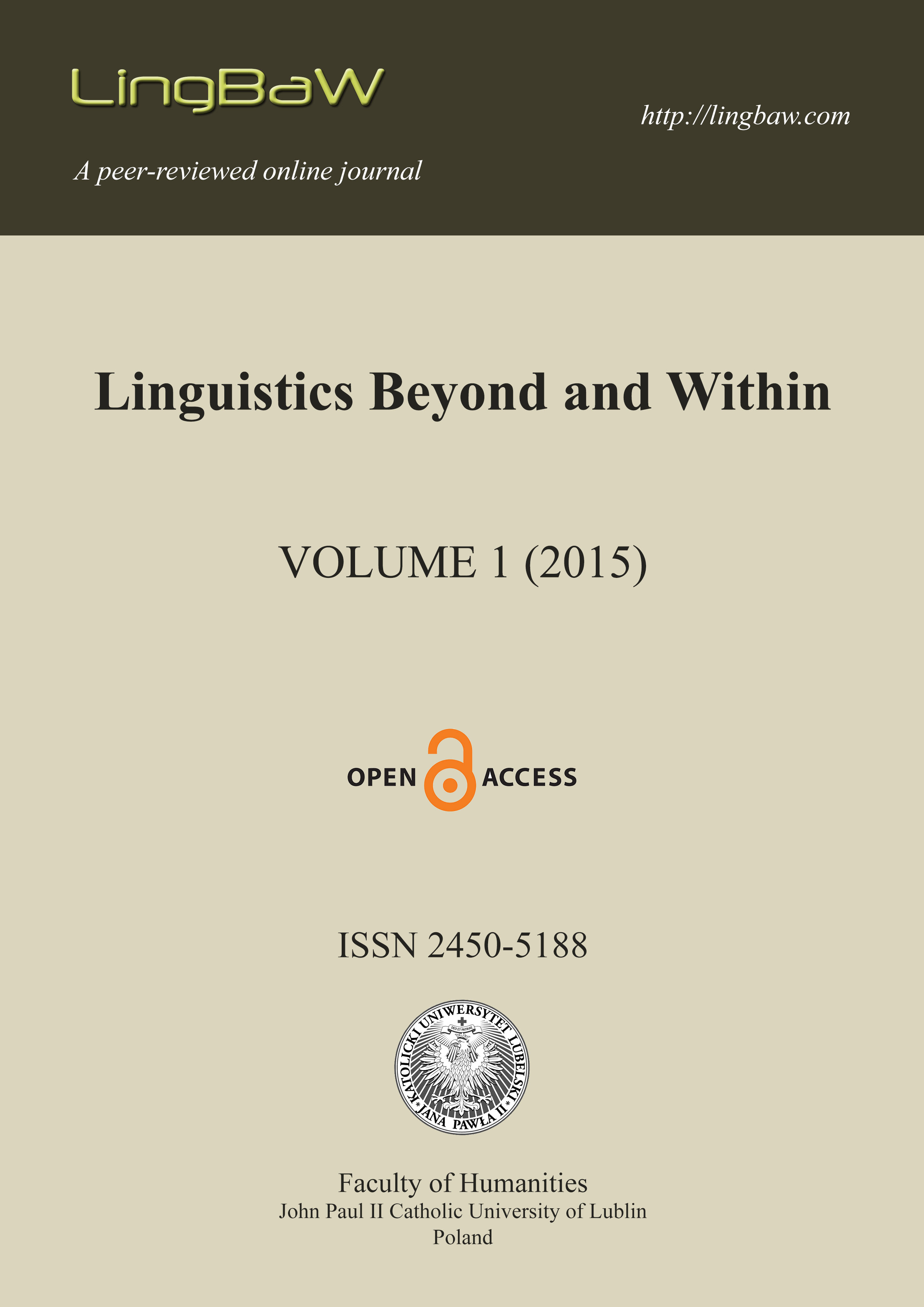Derivatives based on participles in Irish and Polish and the inflection–derivation distinction
Derivatives based on participles in Irish and Polish and the inflection–derivation distinction
Author(s): Maria Bloch-TrojnarSubject(s): Language and Literature Studies, Theoretical Linguistics, Morphology
Published by: Wydawnictwo KUL
Keywords: inherent inflection; inflection feeding derivation; Irish; participle
Summary/Abstract: Greenberg’s Universal 28 says that ‘if both the derivation and inflection follow the root, or they both precede the root, the derivation is always between the root and the inflection’ (Greenberg 1966: 93). Booij (1994: 27) undermines this by allowing inherent inflection to feed derivation. There is abundant literature showing that inherent inflection can feed derivation in Germanic, Romance and Slavic languages (Booij 1994, 1996, Chapman 1996, Rainer 1996, Cetnarowska 1999). The aim of this paper is to describe and compare derivational categories related to participle forms in Irish and Polish. These include among others agent nouns, adjectives of tendency/inclination, resultative passive adjectives and facilitative adjectives. Stump (2005: 52) points out that the terms present and past participle are, in fact, misnomers since participles are uninflected for tense, and they should be regarded as stems conveying aspect information plus the lexical information of the root. The existence of derivatives based on inflected forms is usually taken as evidence against the inflection-derivation dichotomy, and in favour of a tripartition into contextual inflection, inherent inflection and derivation. The paper addresses the theoretical ramifications of the existence of such derivatives for inferential-realisational approaches (Stump 2001), such as for example Beard’s (1995) Lexeme-Morpheme Base Morphology, which separates the operations on the grammatical (morpholexical and morphosyntactic) features and operations responsible for the morphophonological modification of the root/stem.
Journal: Linguistics Beyond and Within (LingBaW)
- Issue Year: 1/2015
- Issue No: 1
- Page Range: 25-42
- Page Count: 18
- Language: English

